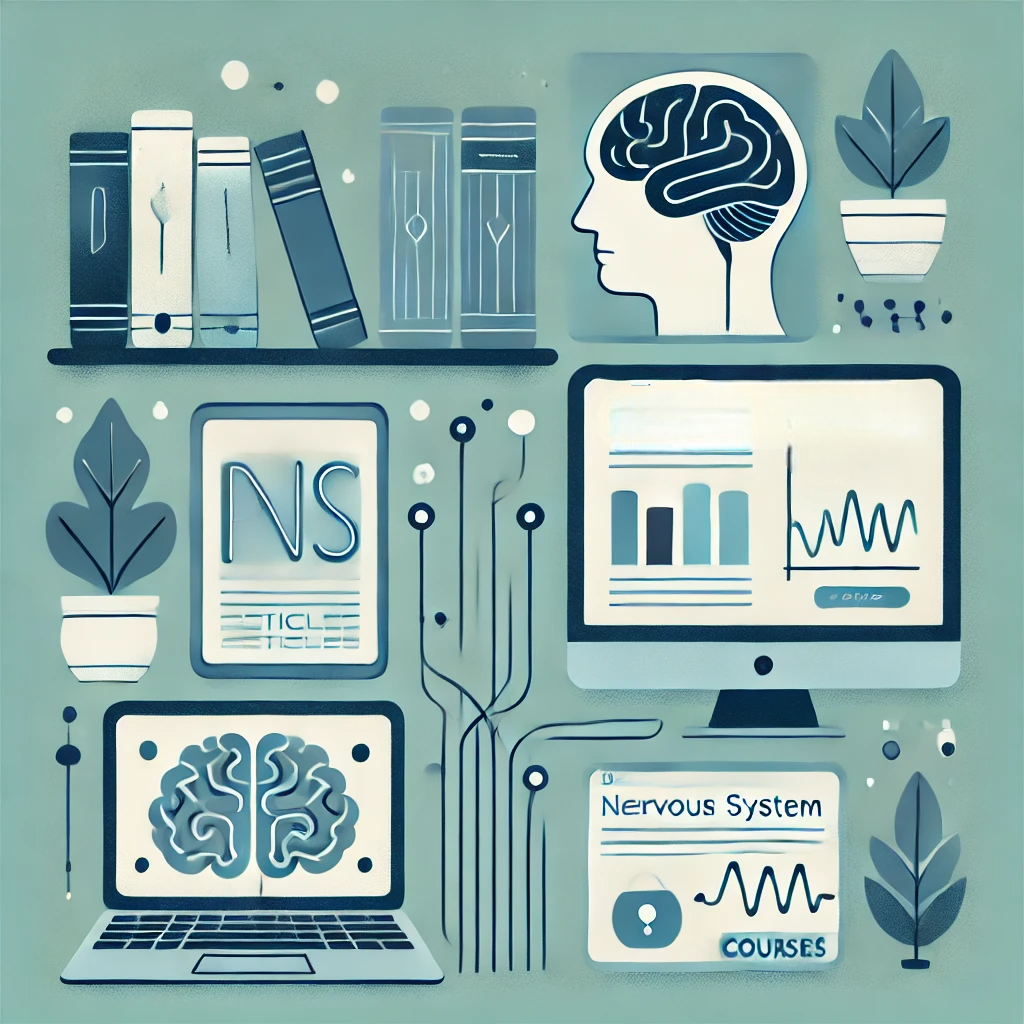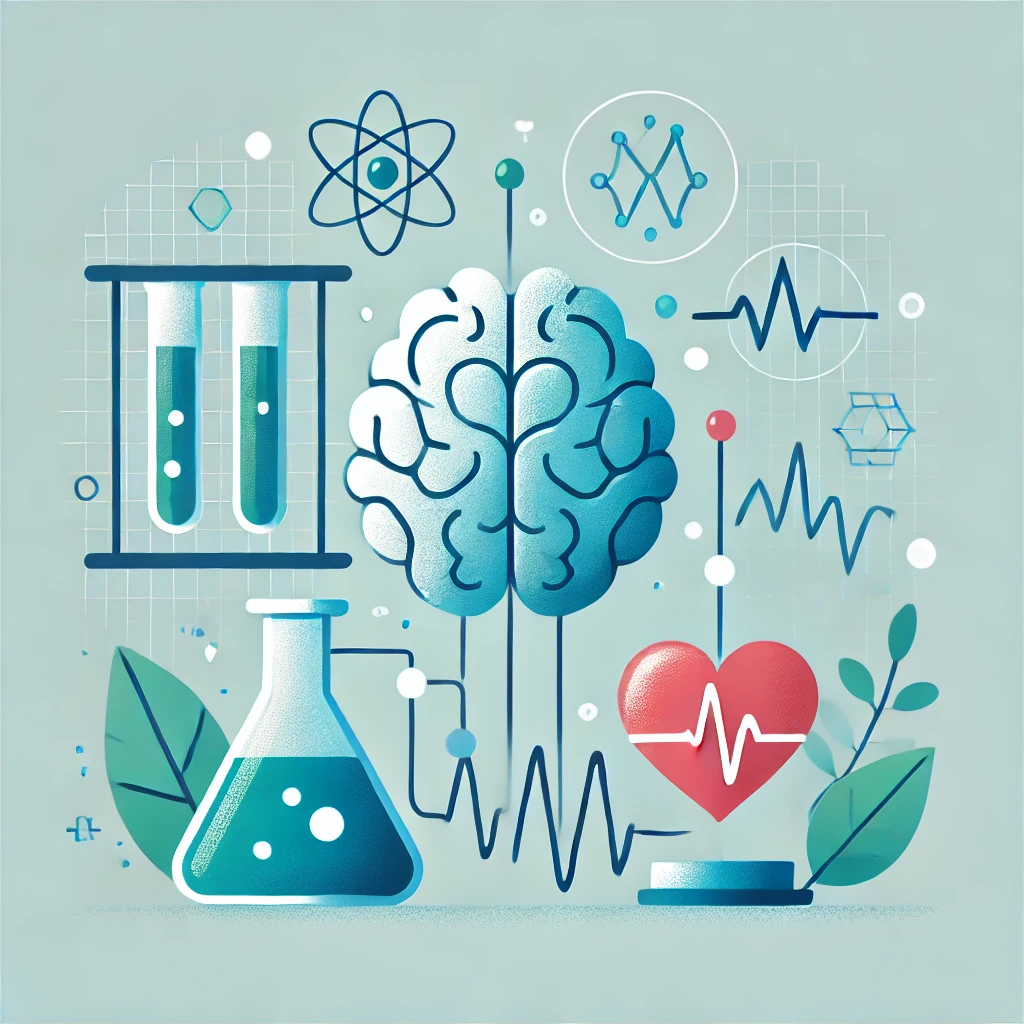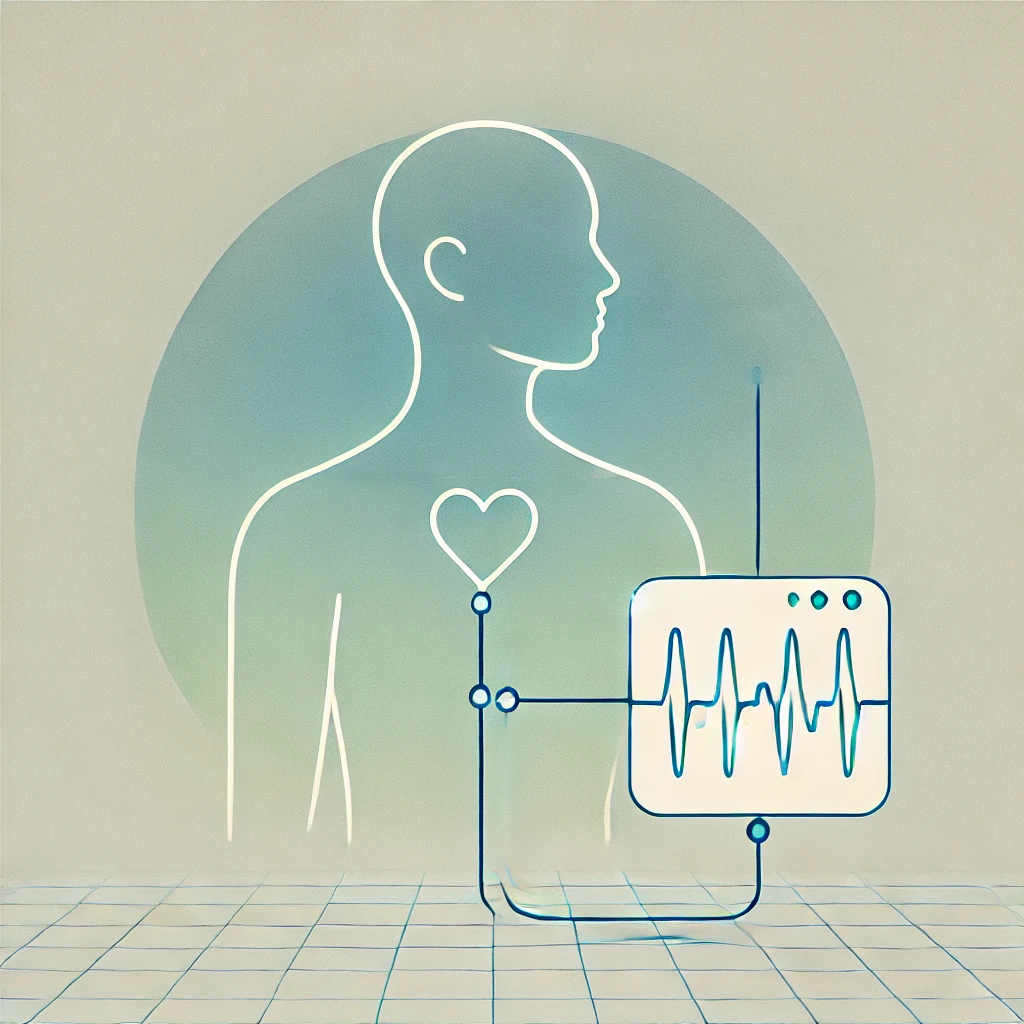Have you ever felt a sense of calm wash over you while walking through a forest or sitting by the ocean? That’s your parasympathetic nervous system (PNS) responding to the healing power of nature.
Nature offers more than just a scenic backdrop; it has profound effects on our physical and mental health, particularly through its influence on the parasympathetic nervous system (PNS). The PNS, often referred to as the “rest and digest” system, plays a crucial role in promoting relaxation, reducing stress, and restoring balance in our bodies. In today’s fast-paced world, understanding how to harness the benefits of nature for our nervous system is more important than ever.
As urbanization and technology increasingly dominate our lives, the disconnect from nature has contributed to rising levels of stress and mental fatigue. However, integrating time in natural environments into our daily routines can help counteract these effects. By spending time in nature, we can actively engage the PNS, reducing stress and improving overall well-being.
In this article, you’ll discover how spending time in nature enhances PNS function, supported by scientific research, and gain practical tips on incorporating nature into your daily life for better health.
How Spending Time in Nature Enhances PNS Function and Reduces Stress
Sensory Engagement: Natural environments stimulate multiple senses—sight, sound, and smell—which can activate the PNS and promote relaxation. For example, the soothing sound of a stream or birds singing can lower heart rate and blood pressure, key indicators of PNS activation.
Reduction of Mental Fatigue: Being in nature helps reduce mental fatigue by offering a break from constant digital stimulation. A simple walk in a park can refresh your mind, improve focus, and lead to better emotional regulation, which in turn reduces stress.
Grounding and Mindfulness: Practices like walking barefoot on grass or sand, known as grounding, and mindfulness exercises in nature can significantly enhance PNS activity. Grounding has been shown to improve mood and reduce inflammation, both linked to better PNS function.
Sunlight and Vitamin D: Exposure to natural sunlight boosts vitamin D production, crucial for overall health and nervous system function. Regular sunlight exposure helps regulate circadian rhythms, improving sleep and supporting PNS health.
Research on the Benefits of Nature Therapy
Forest Bathing (Shinrin-Yoku): Research on the Japanese practice of forest bathing shows that spending time in forests can significantly lower cortisol levels, reduce heart rate, and increase heart rate variability (HRV)—all indicators of enhanced PNS function.
Green Spaces and Mental Health: Studies consistently demonstrate that access to green spaces is linked to lower levels of stress, anxiety, and depression. People living near parks or natural areas report better mental health and lower stress hormone levels.
Nature and Immune Function: Time spent in nature has been shown to boost immune function, closely linked to PNS health. Regular exposure to natural environments can increase the activity of natural killer cells, which play a critical role in the body’s defense against infections.
Blue Spaces (Water Environments): Water environments like oceans, lakes, and rivers are particularly calming. Research indicates that time spent near water reduces anxiety and promotes relaxation, enhancing PNS function.
Recommendations for Incorporating Nature into Daily Life
Daily Walks in Nature: Incorporate daily walks in natural settings, such as parks, forests, or beaches, to enhance PNS function. A 20-minute walk in a nearby park can set a positive tone for the day.
Mindful Nature Meditation: Practice mindfulness meditation in nature to deepen your connection with the environment and activate the PNS. Focus on the sounds, smells, and sights around you during a walk or sit quietly in a natural setting.
Bring Nature Indoors: Incorporate natural elements into indoor spaces. Adding houseplants, maximizing natural light, and using nature sounds can create a calming environment, bringing the benefits of nature indoors.
Weekend Nature Retreats: Plan regular weekend retreats to immerse yourself in nature. Activities like camping, hiking, or visiting botanical gardens can recharge you and support PNS health.
Grounding Practices: Incorporate grounding practices, such as walking barefoot on grass or sand, into your routine to enhance PNS activity. Spend a few minutes each day standing barefoot in your backyard or at a local park.
Nature offers a powerful way to enhance PNS function and reduce stress. By spending time in natural environments, you can significantly improve your relaxation, reduce stress, and boost overall well-being.





